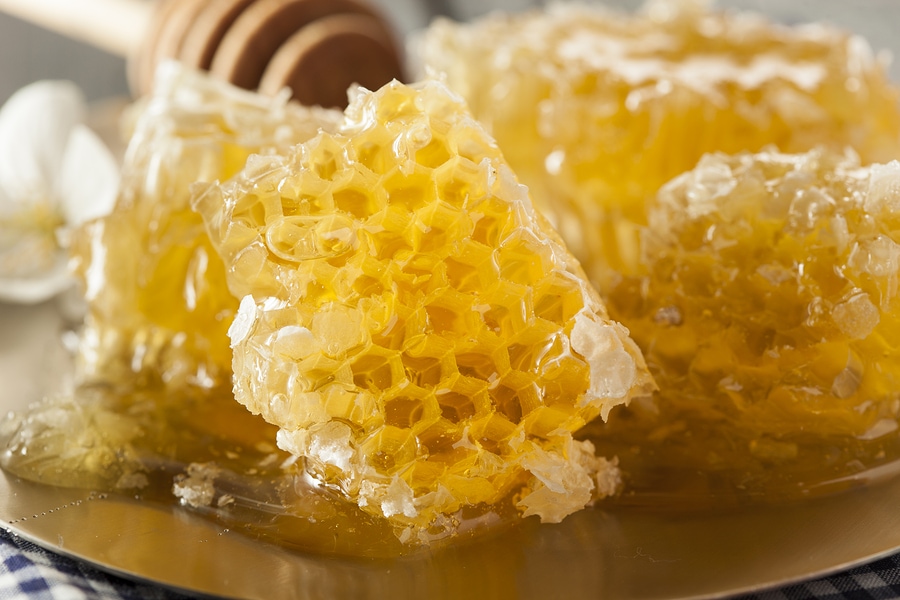Bee bacteria: the solution to antibiotic resistance?

Bacteria that are naturally present in the stomachs of honeybees have been found to contain strong anti-microbial compounds. Scientists at Lund University, Sweden, have identified 13 types of lactic acid bacteria which live in the stomachs of honeybees. These bacteria successfully counteract multiple infections including MRSA, when applied directly to the infection causing pathogens.
Raw honey has long been utilised for its healing properties, and scientists now believe it is these lactic acid bacteria which are to thank, being transferred from the honeybee stomachs into the raw honey itself. The recent manuka honey craze and explosion of honey derived products are an accolade to the tremendous health benefits of this natural healer. The scientists point out though that it is the active nature of these bacteria which make the lactic acid solution so potent. Processing kills off this bacteria and therefore shop bought honey cannot possess the same benefits.
The findings from this study are encouraging and come at a crucial time, when panic about antimicrobial resistance is increasing. Antimicrobial resistance has been deemed by the World Health Organisation as an increasingly serious threat to global public health that requires action across all government sectors and society. Antibiotics have been relied upon to treat infections for 70 years, but statistics demonstrate how they are becoming less and less effective as resistance to them builds. This problem is compounded by the shocking fact that no new classes of antibiotics have been discovered since the 1990’s.
Resistance to antibiotics means that previously curable infectious diseases could become untreatable and spread throughout the world. Never before has the need to find a better alternative to antibiotics been stronger. The findings also hold promise for people in many developing countries, where access to medicine is limited but raw honey can still be widely found.
Dr Tobias Olofsson from the Medical Microbiology department at Lund University commented; “Antibiotics are mostly one active substance, effective against only a narrow spectrum of bacteria. When used alive, these 13 lactic acid bacteria produce the right kind of antimicrobial compounds as needed, depending on the threat.”
“It (lactic acid bacteria solution) seems to have worked well for millions of years of protecting bees’ health and honey against other harmful microorganisms.”

